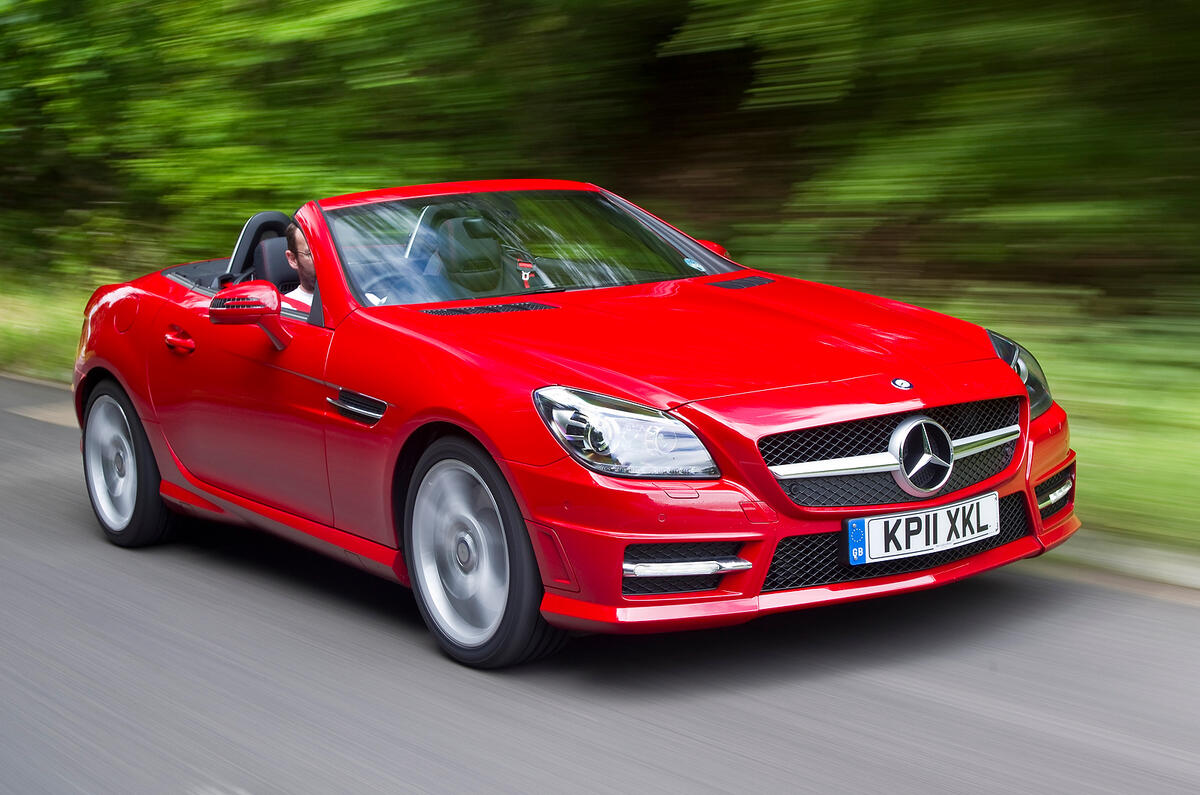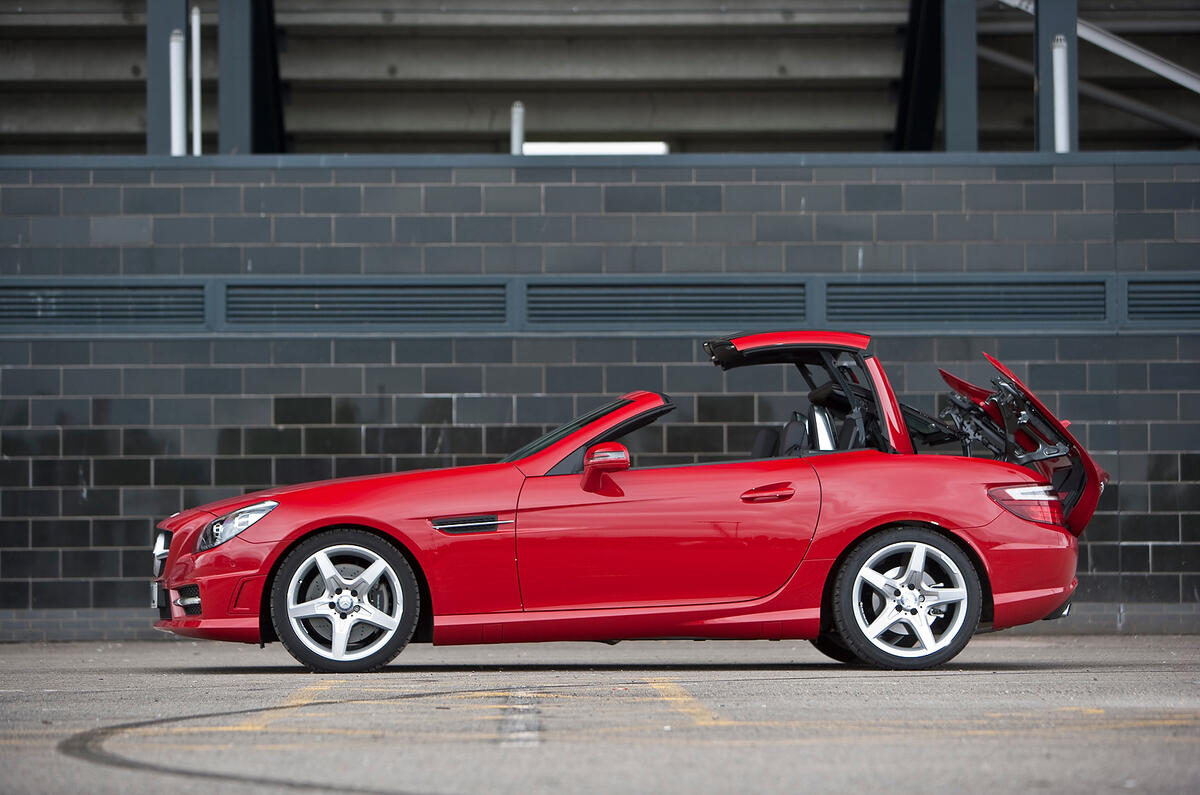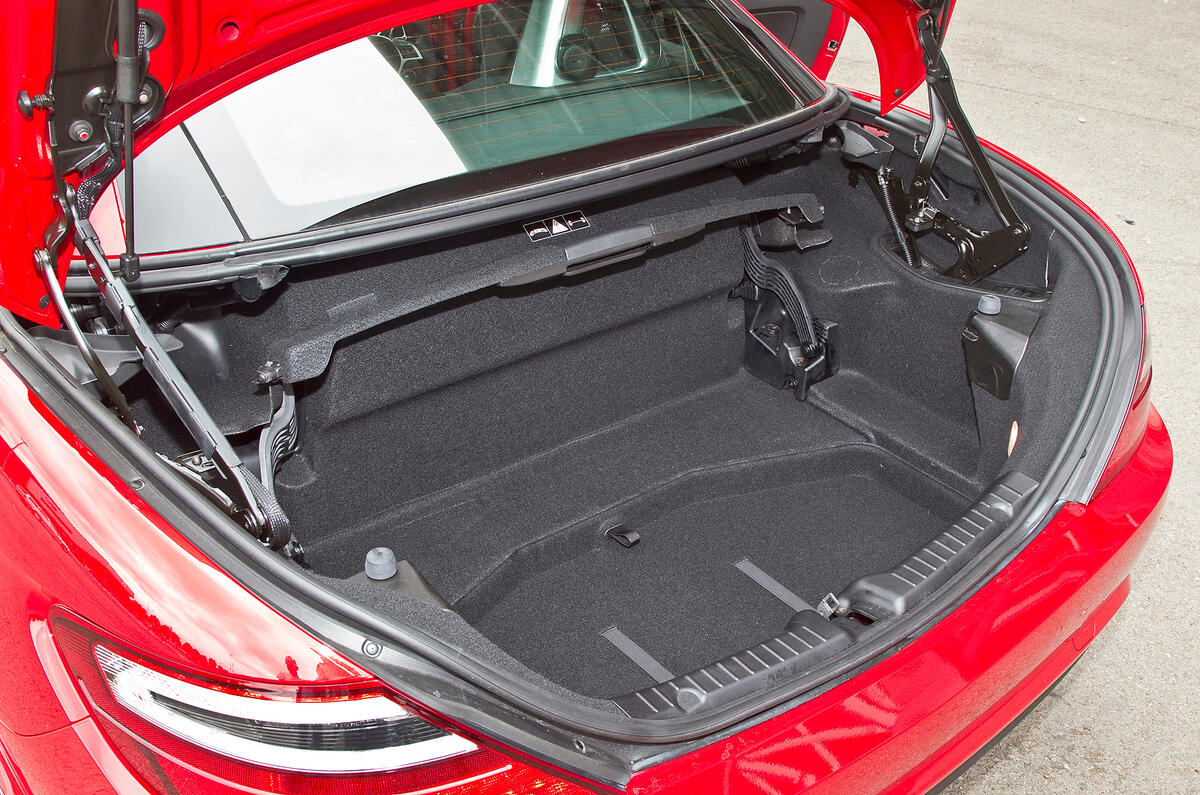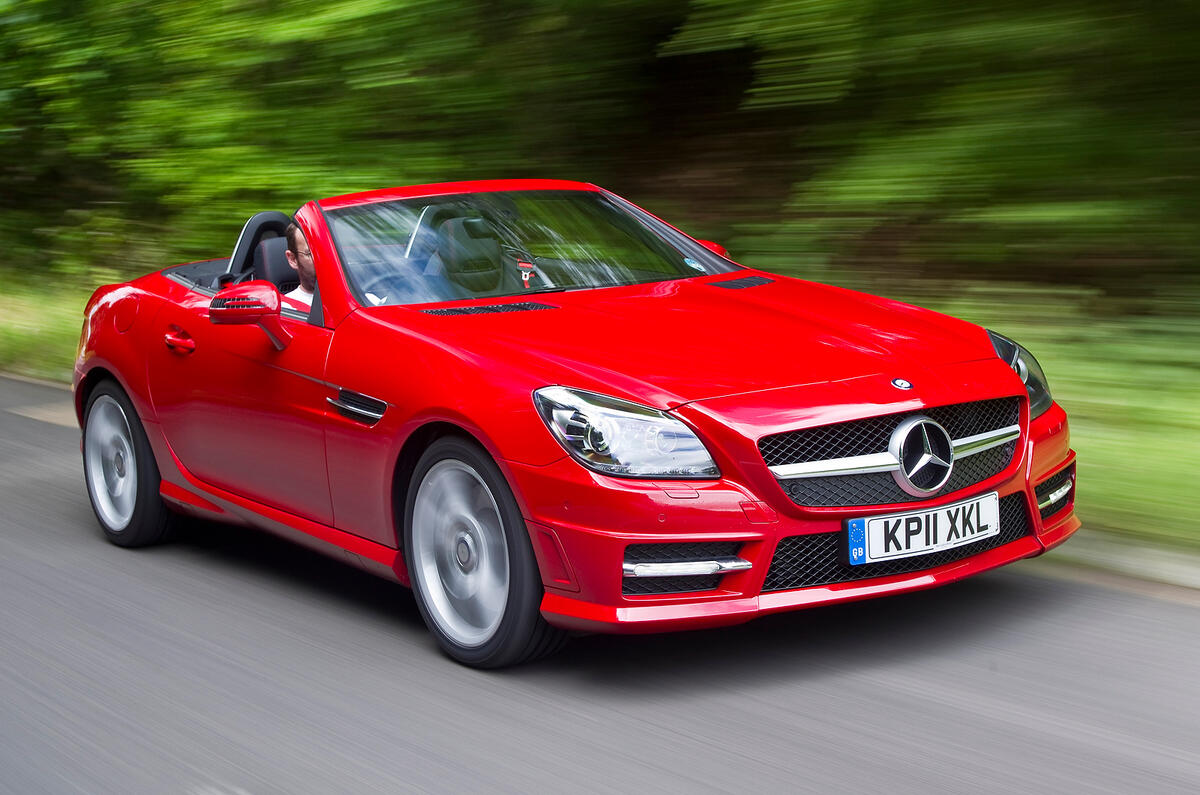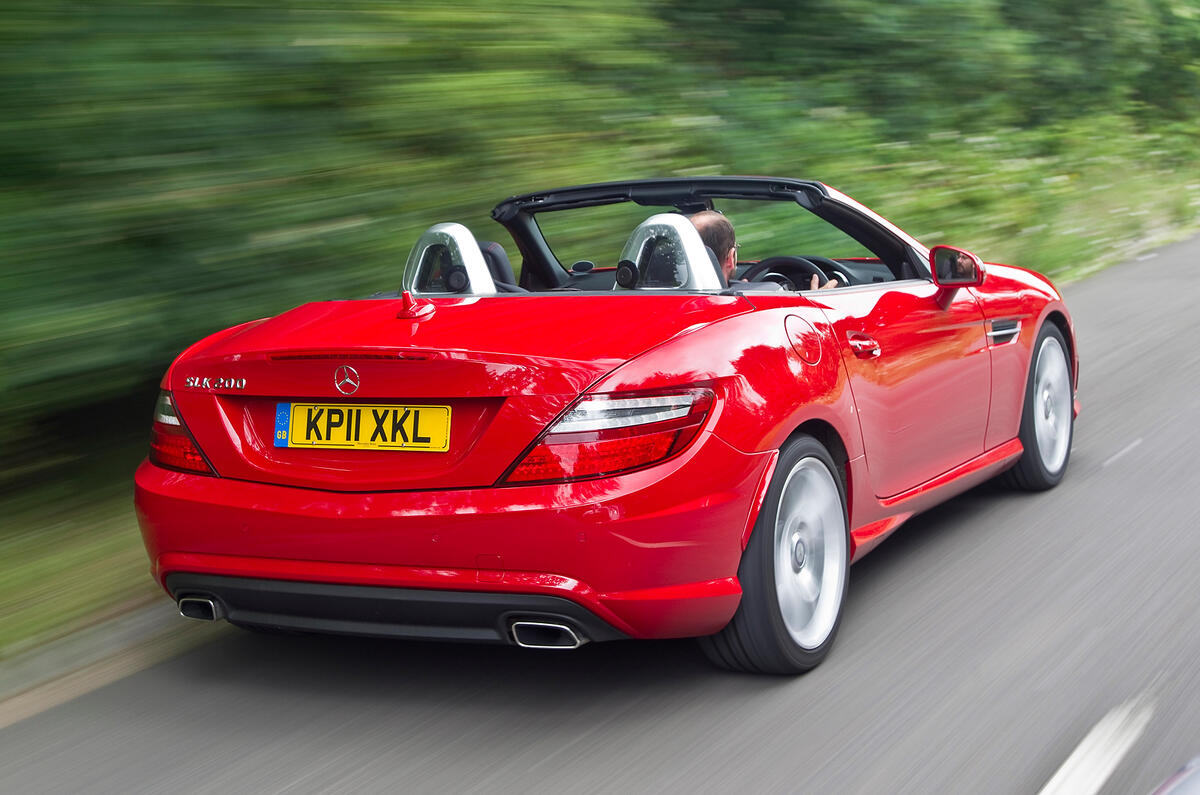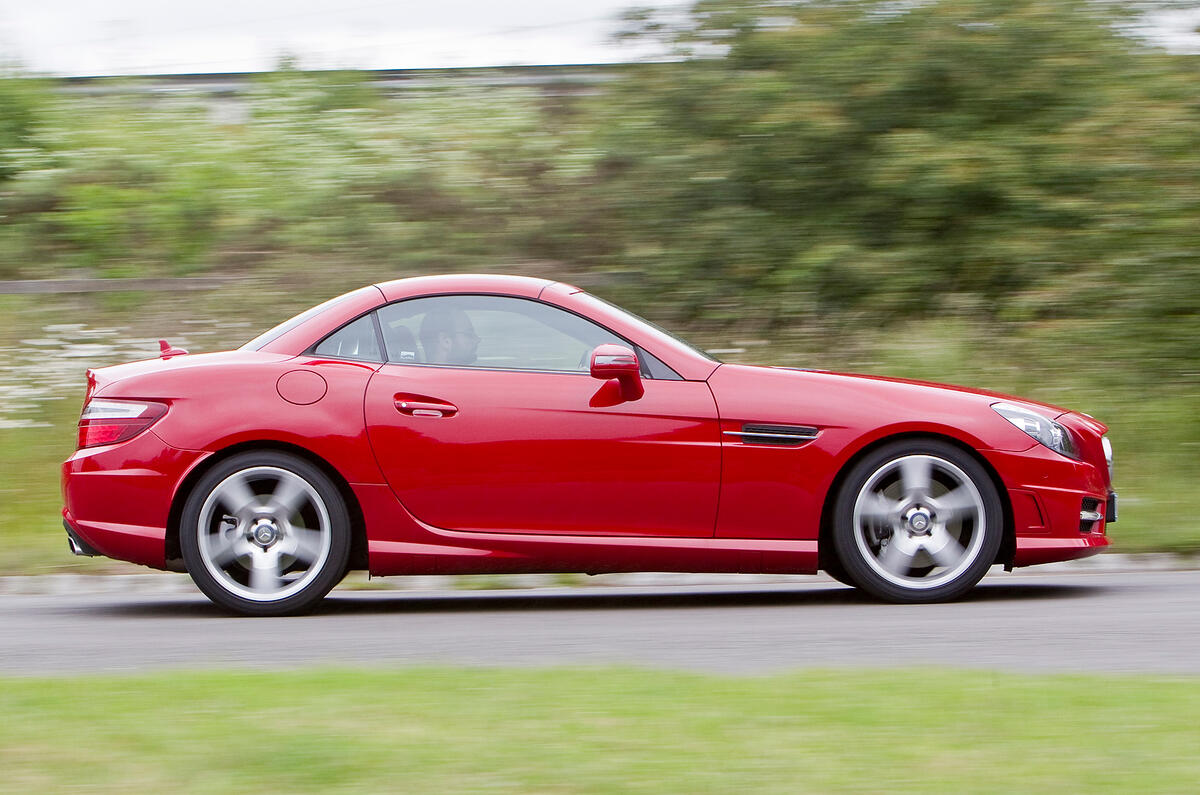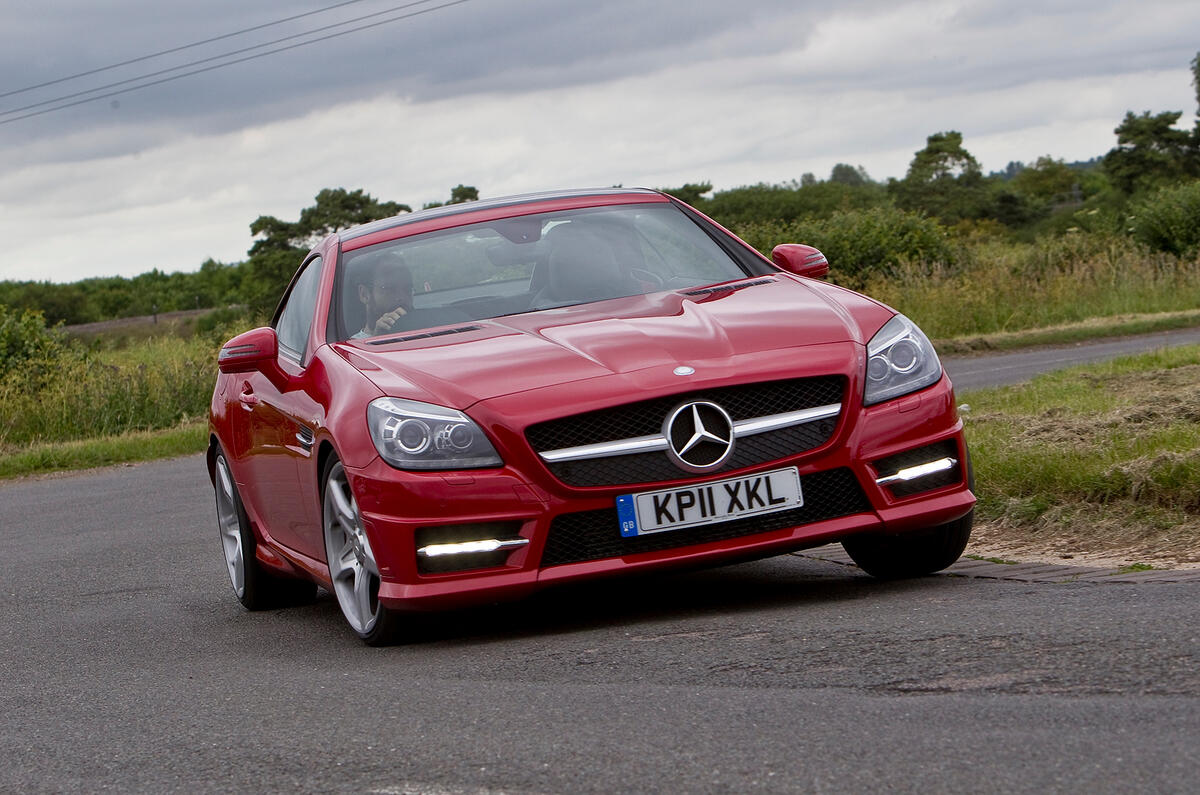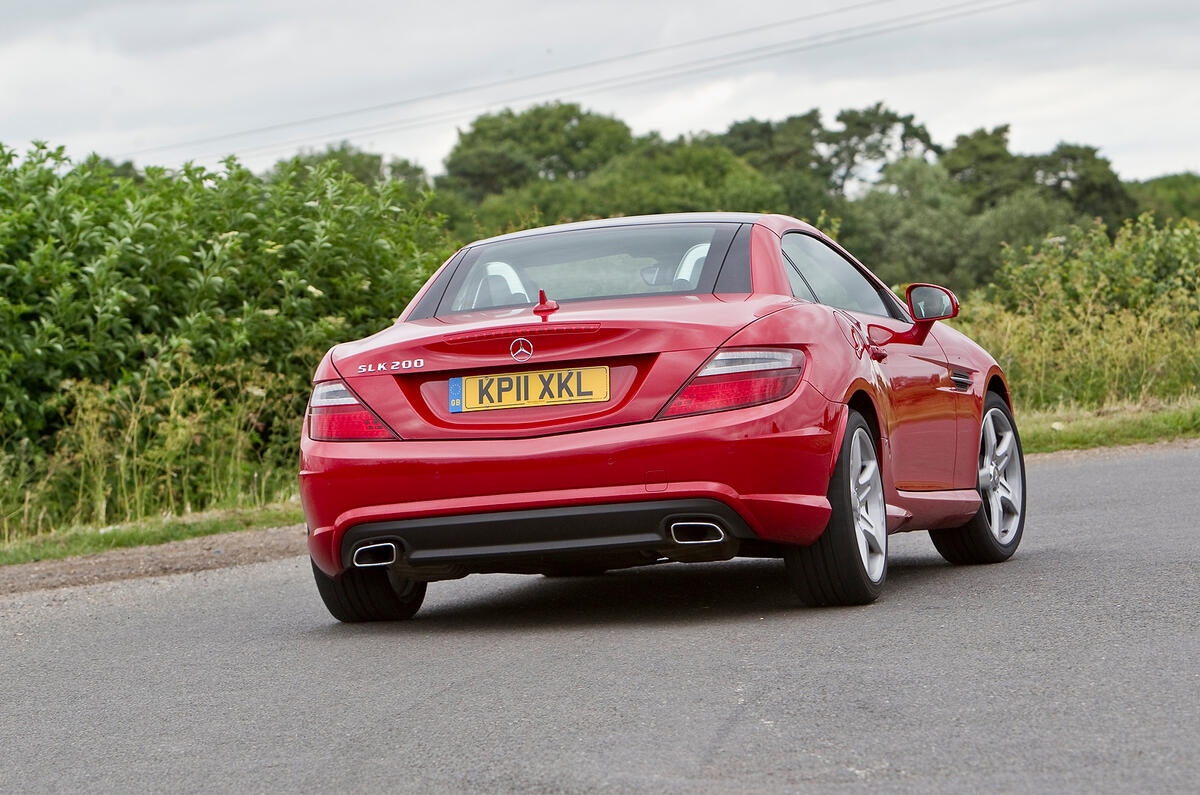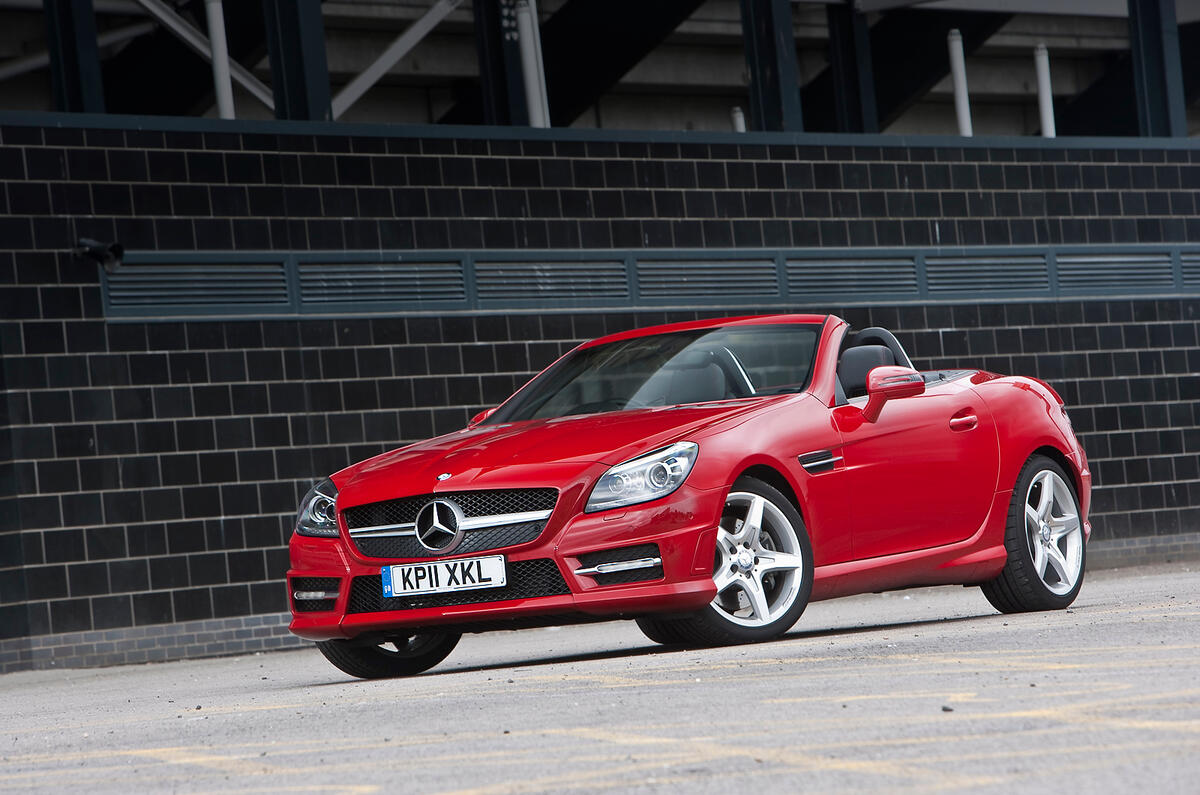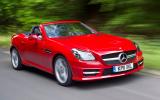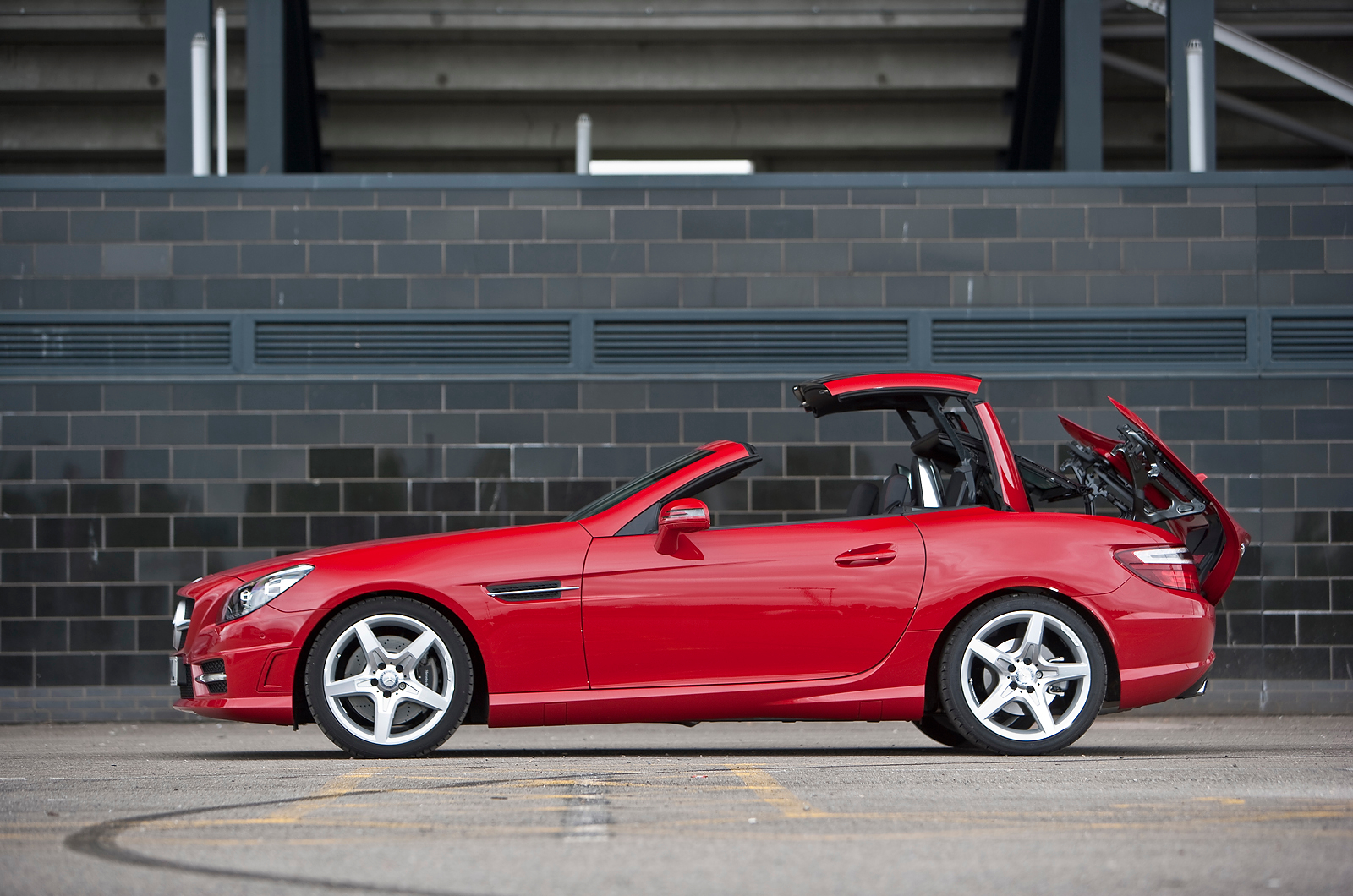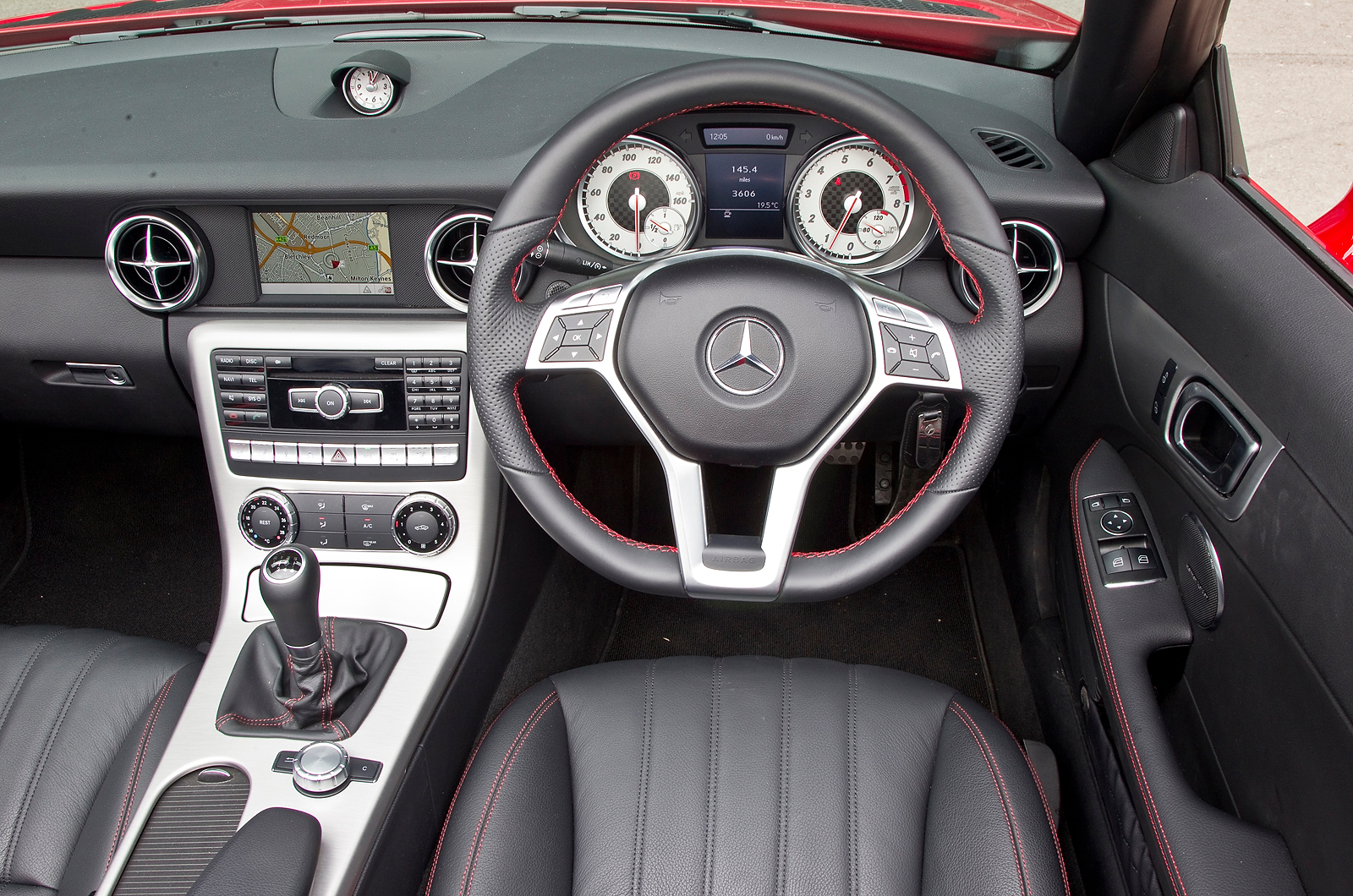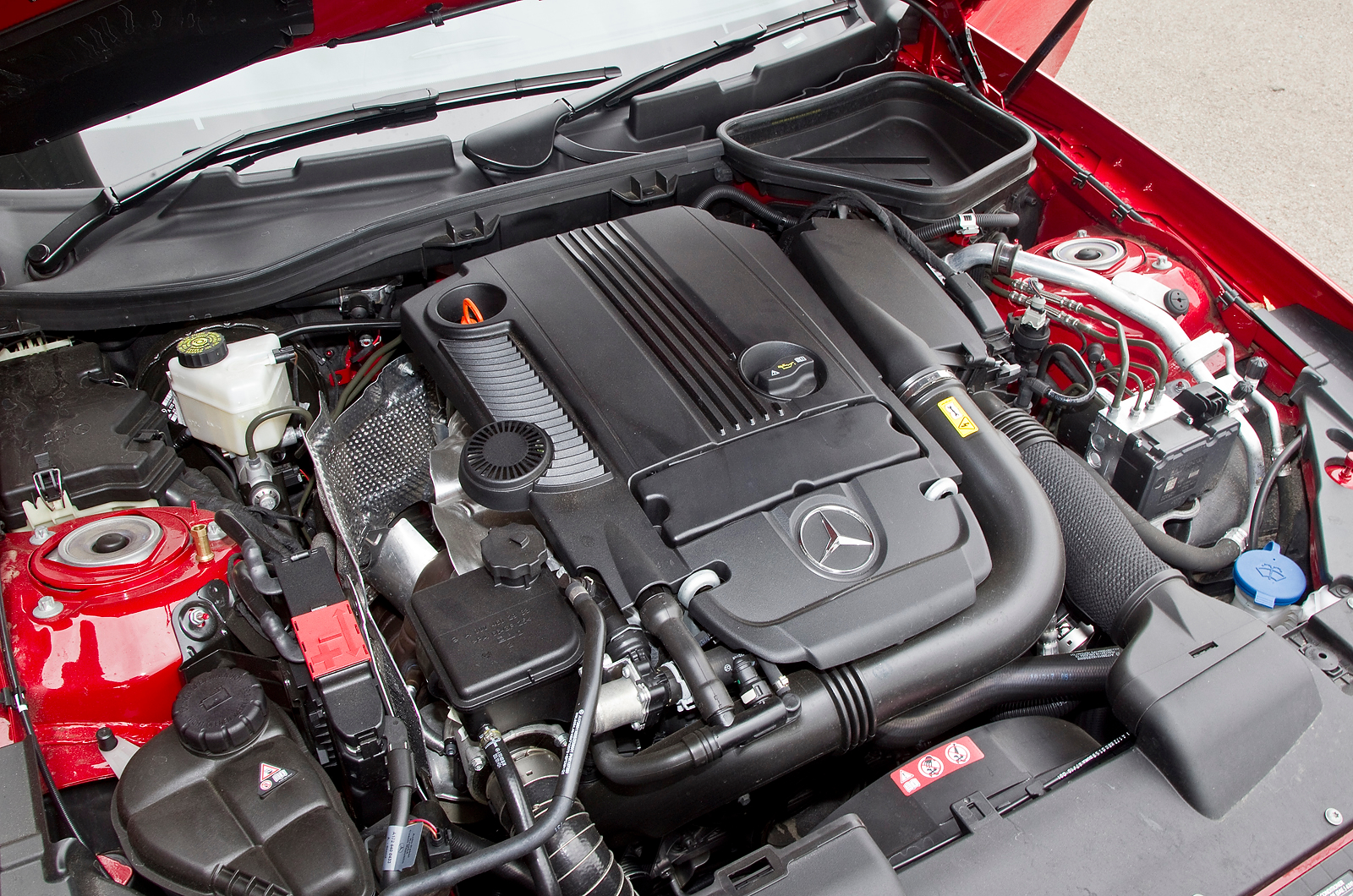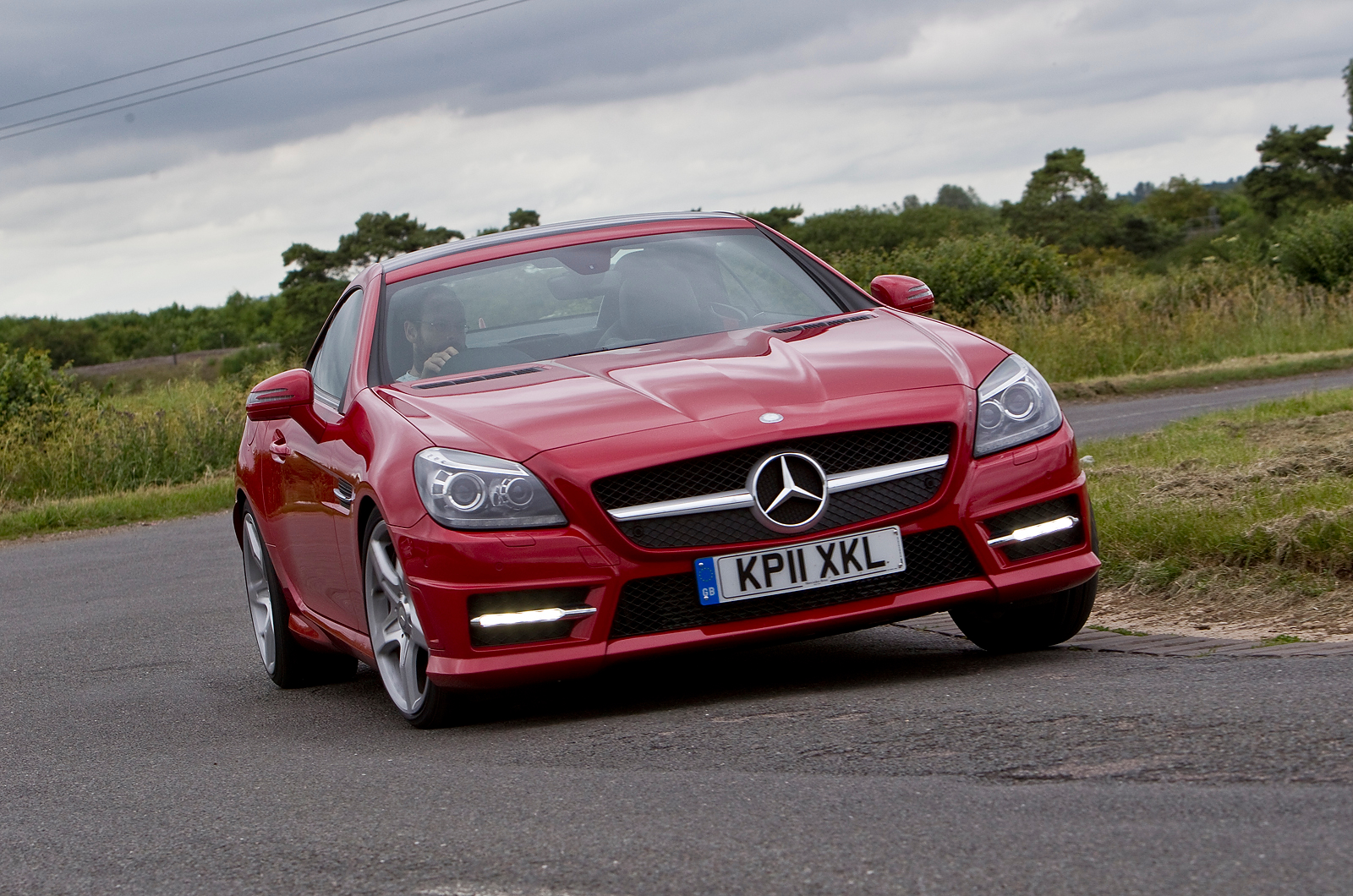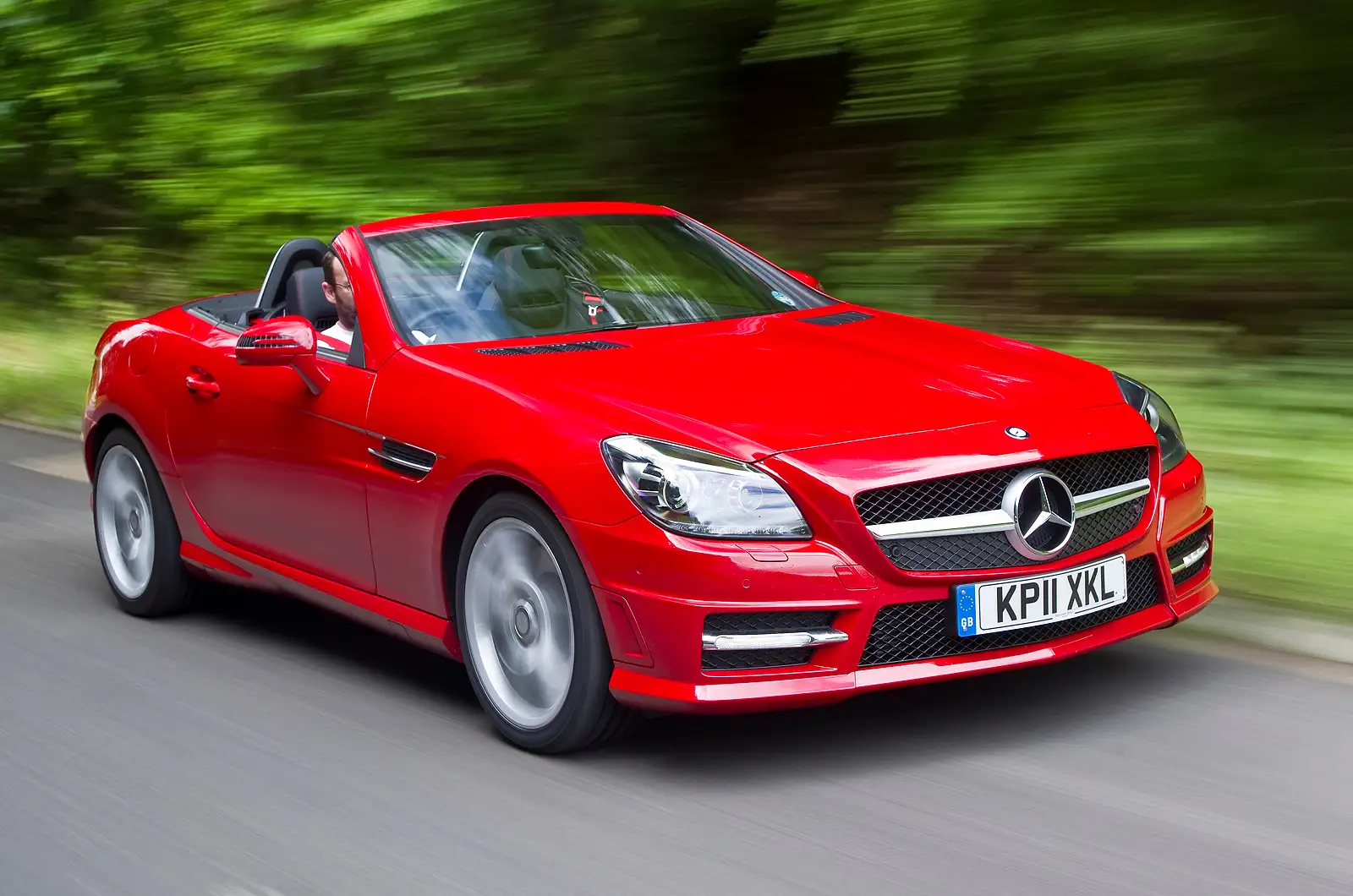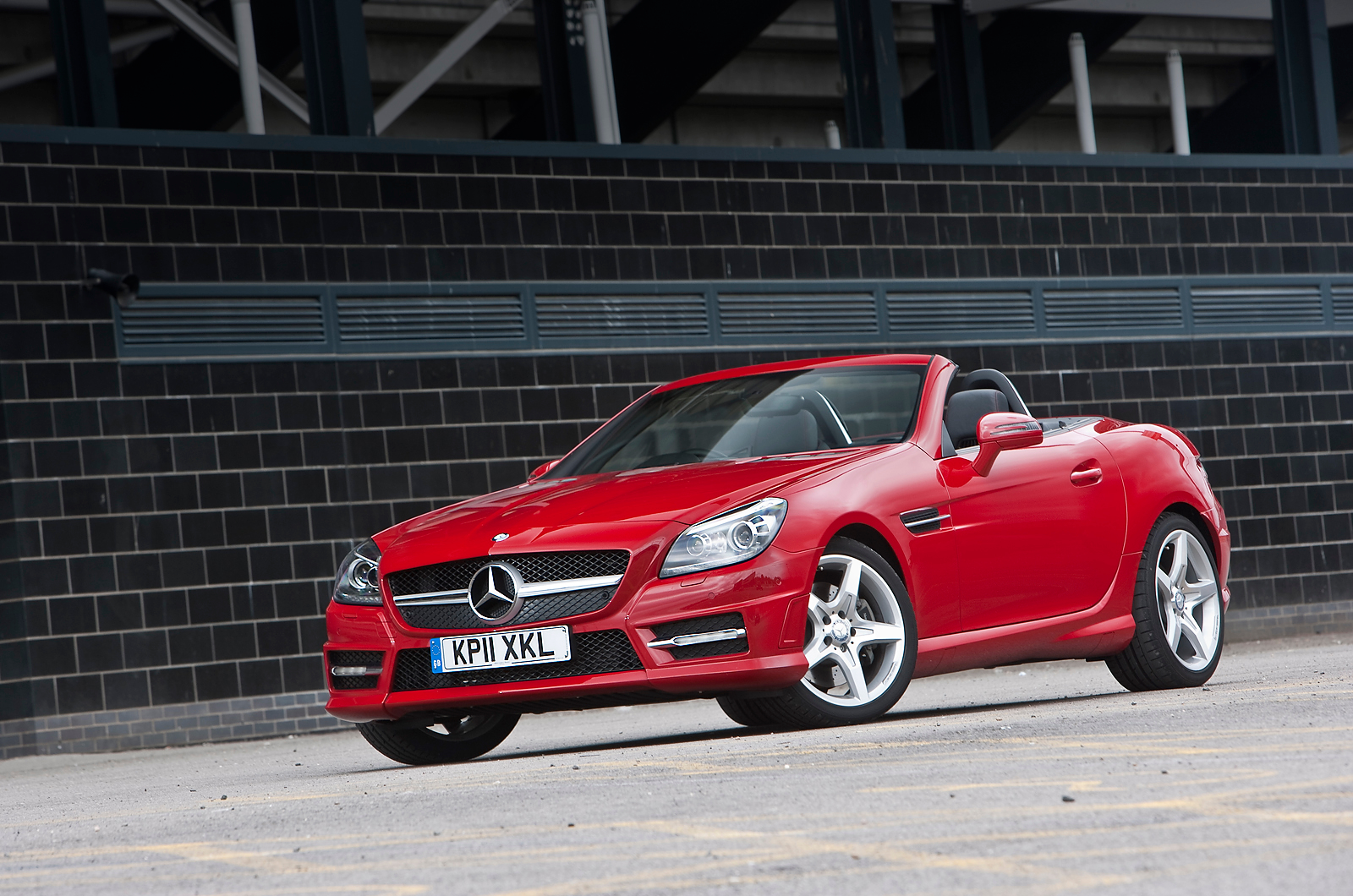The formula is simple, and the Mercedes SLK has been milking it – in sales terms, at least – since it brought a folding hard-top to the class. Start with the right image, add a posh cabin and make it easy to live with.
Being fast helps, too, but these days a fashion-led roadster should arguably be leaning towards economy as well as excitement. By these rules, the new SLK should have about as broad an appeal as a compact roadster can muster, so broad is its range.
At the bottom end, the 181bhp SLK 200 forms the entry point for the SLK range, at around £30k in its base trim. The SLK 250 gets a 201bhp version of the same engine but adds over £4000 to the price, while the 3.5 V6 SLK 350 is another £10k again.
There's also the first ever diesel to find its way into the baby Mercedes roadster. The SLK 250 CDI gets the company’s twin-turbocharged diesel four-pot and seven-speed torque converter transmission as standard, plus impressive headline figures of 56.5mpg and 132g/km. A naturally aspirated 5.5-litre V8 SLK 55 AMG arrived early in 2012.
But it's the SLK 200 that has the most to prove. In this sub-£35k arena lies the broadest array of tough competition – some cheaper, some greener and some more powerful – and this will be the biggest-selling model.



